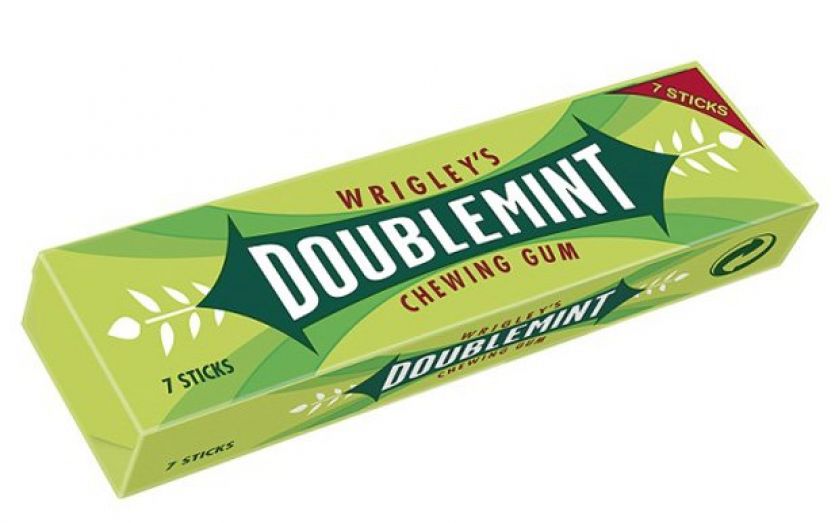Blurred lines: What the rise of branded content means for marketers

@LiamWardProud
WHEN is an ad not an ad? Last year, Channel 4 aired a daytime cookery show called What’s Cooking? It featured celebrity chefs including Jean-Christophe Novelli, and often drew an audience in excess of 200,000 according to Kantar Media. But there was something different about this programme: the food featured was mostly Sainsbury’s own-label produce; filming took place right next to a large Sainsbury’s store; and all recipes were exclusively published on the grocer’s Live Well For Less cookery website. This wasn’t conventional TV with advertising bolted on – Sainsbury’s was deeply involved in the development. It was an example of a fast-growing advertising model that many expect to take the UK by storm this year.
It’s called content marketing (or branded content), and 56 per cent of UK marketers plan on increasing their spending on it this year. In 2013, US branded content spend rose by almost 8 per cent, and WPP recently announced plans to buy a stake in online content creator Percolate. But where will it take the industry?
“New technologies (on-demand video, the ability to fast-forward TV ad breaks) mean it’s far easier to ignore advertising,” says Ben Kerr of Somethin’ Else, an independent content agency leading the charge in the field. “And we’re finding that brands increasingly recognise the importance of connecting emotionally with an audience through high quality content,” says Steve Ackerman, the company’s managing director.
Ackerman cites his firm’s work with Wrigley as an example. To promote the new 5 gum product, they created an iPhone game. The gum’s branding was focused on sensory perception, and the content reflected this, with chilling noises played through the headphones guiding players in the right direction.
Significantly, the game was recognised with both an advertising award (the Cannes Lion silver prize), and a Bafta nomination for best mobile game. In doing so, it encapsulated an important truth about such campaigns – they straddle the traditional division between content and marketing, a distinction with rapidly diminishing salience according to James McAllister of media agency UM WW.
And this could mean a more active role for brands themselves. “Rather than just attaching themselves to videos that people engage with, brands are increasingly coming to agencies wanting to create and place this content themselves,” he says. For Ackerman, this means agencies will need to pay far greater attention to the media that audiences want to consume, as well as the platforms on which they do so. But for those brands and agencies with the right mindset, the potential is huge – “a company like Unilever could be the biggest broadcaster in the world if it wanted to.”
But would it matter if in a decade the majority of content came from brands and their media agencies? For many content marketers, that’s asking the wrong question. The widely-used Michelin guidebooks were originally conceived as a way to sell more tires, but quickly became loved as products in themselves. As Ackerman is fond of pointing out, “content is content is content” – and if the quality is high enough, its source may not matter.
Liam Ward-Proud is business features writer at City A.M.